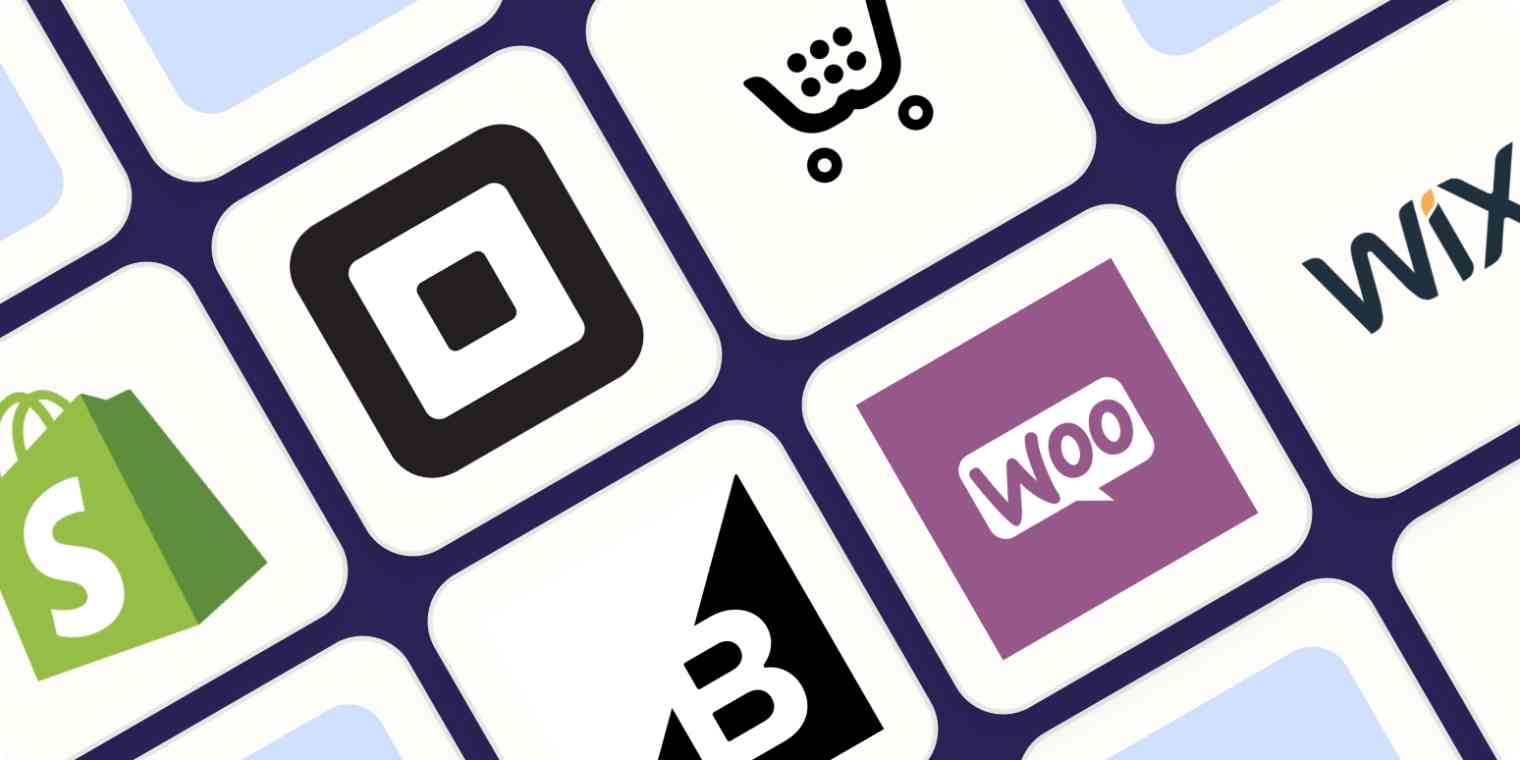Navigating the Digital Marketplace: Unveiling the Top 10 E-commerce Platforms for Success
In the digital age, e-commerce platforms have become the backbone of online retail, providing businesses with the tools they need to thrive in the digital marketplace. From small startups to established enterprises, choosing the right e-commerce platform is crucial for success. In this article, we explore the top 10 e-commerce platforms, each offering unique features and capabilities to empower businesses in the dynamic world of online commerce.
**1. Shopify: The All-in-One Powerhouse**
**Pros:**
– User-friendly interface.
– Extensive app store for customization.
– Seamless integration with various payment gateways.
– Robust inventory management.
**Cons:**
– Transaction fees for non-Shopify payments.
– Advanced features may require third-party apps.
**2. WooCommerce: The WordPress Integration**
**Pros:**
– Open-source and customizable.
– Integration with WordPress.
– Large community and developer support.
– Flexibility in design and functionality.
**Cons:**
– Requires a WordPress website.
– May need additional plugins for advanced features.
**3. Magento: The Enterprise Solution**
**Pros:**
– Scalable for large enterprises.
– Robust features for complex needs.
– High customization capabilities.
– Strong community and support.
**Cons:**
– Steeper learning curve.
– Resource-intensive for smaller businesses.
**4. BigCommerce: SaaS Simplicity**
**Pros:**
– Fully hosted and managed solution.
– Built-in features for SEO and marketing.
– Responsive customer support.
– User-friendly interface.
**Cons:**
– Transaction fees for some plans.
– Limited built-in features compared to other platforms.
**5. Wix eCommerce: Drag-and-Drop Ease**
**Pros:**
– Intuitive drag-and-drop website builder.
– Affordable plans for small businesses.
– Extensive template library.
– Integrated marketing tools.
**Cons:**
– Limited scalability for larger businesses.
– Some features may require third-party apps.
**6. Squarespace: Design-Centric Elegance**
**Pros:**
– Visually appealing templates.
– All-in-one platform for website and e-commerce.
– Integrated blogging and social media.
– User-friendly for non-technical users.
**Cons:**
– Limited third-party app ecosystem.
– Transaction fees for some plans.
**7. Etsy: Artisanal Marketplace**
**Pros:**
– Specialized for handmade and vintage items.
– Built-in audience and community.
– Simplified selling process.
– Personalized seller profiles.
**Cons:**
– Transaction fees and listing fees.
– Limited to handmade and vintage products.
**8. PrestaShop: Open-Source Flexibility**
**Pros:**
– Open-source and customizable.
– Active community and support.
– No transaction fees.
– Multi-language and multi-currency support.
**Cons:**
– Requires technical expertise.
– Smaller ecosystem compared to other platforms.
**9. 3dcart: Feature-Rich Solution**
**Pros:**
– Comprehensive set of built-in features.
– No transaction fees.
– User-friendly interface.
– Strong SEO capabilities.
**Cons:**
– Limited template selection.
– Additional costs for some advanced features.
**10. OpenCart: Lightweight and Customizable**
**Pros:**
– Open-source and lightweight.
– Extensive extension marketplace.
– No monthly fees.
– User-friendly admin interface.
**Cons:**
– Limited support and documentation.
– May require additional plugins for certain features.
**Conclusion: Choosing Your E-commerce Ally**
Selecting the right e-commerce platform is akin to choosing a business ally—one that aligns with your unique needs, goals, and vision. Whether you’re a solo entrepreneur, a small business owner, or part of a large enterprise, the top 10 e-commerce platforms offer a diverse range of solutions to cater to different preferences and requirements.
Before making a decision, consider factors such as your business size, technical expertise, scalability needs, and budget. While some platforms may shine in simplicity and user-friendliness, others excel in customization and scalability. The digital marketplace is dynamic, and your chosen e-commerce platform should evolve with your business.
Whether you opt for the simplicity of Shopify, the WordPress integration of WooCommerce, or the flexibility of Magento, each platform has its strengths and weaknesses. As you embark on your e-commerce journey, remember that success lies not just in the platform you choose but in how effectively you leverage its features to create an engaging and seamless shopping experience for your customers. In the realm of online commerce, your chosen platform is not just a tool; it’s the foundation upon which your digital success is built.

Leave a Reply